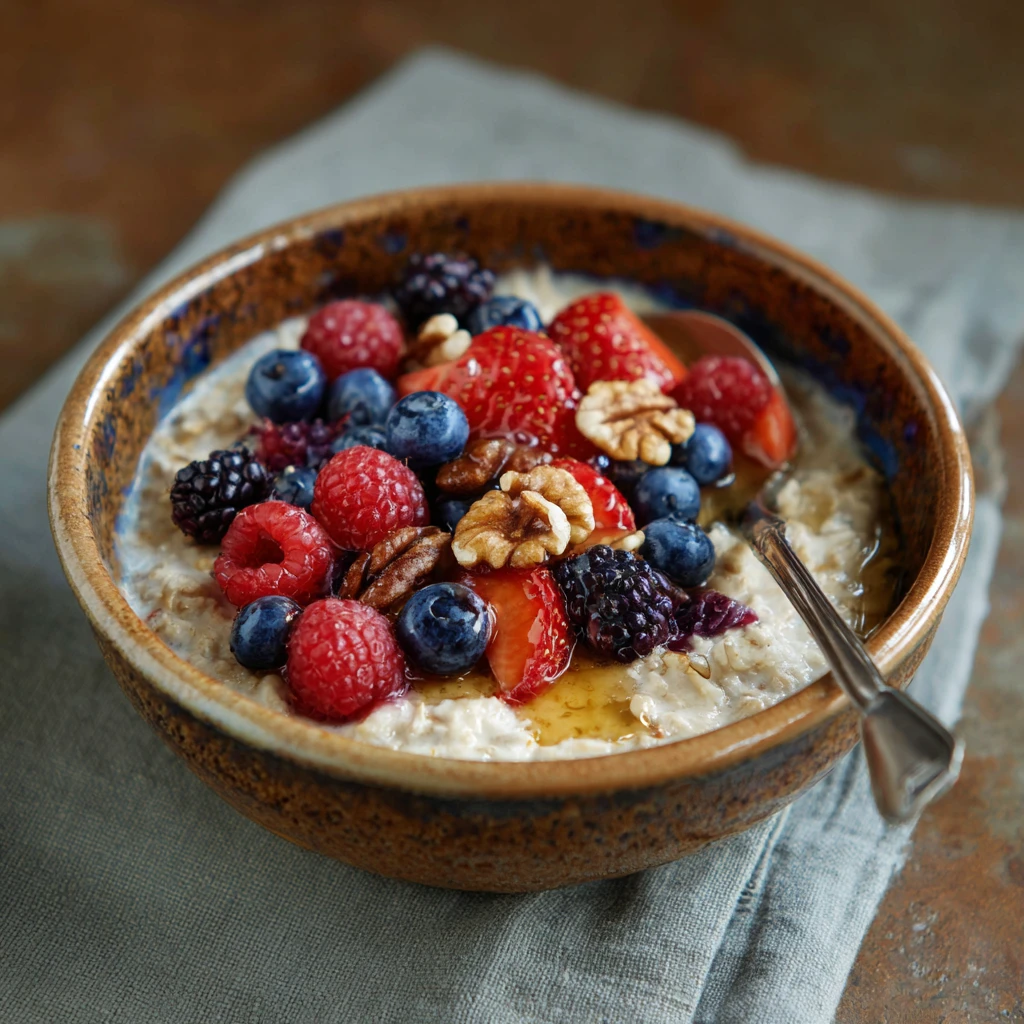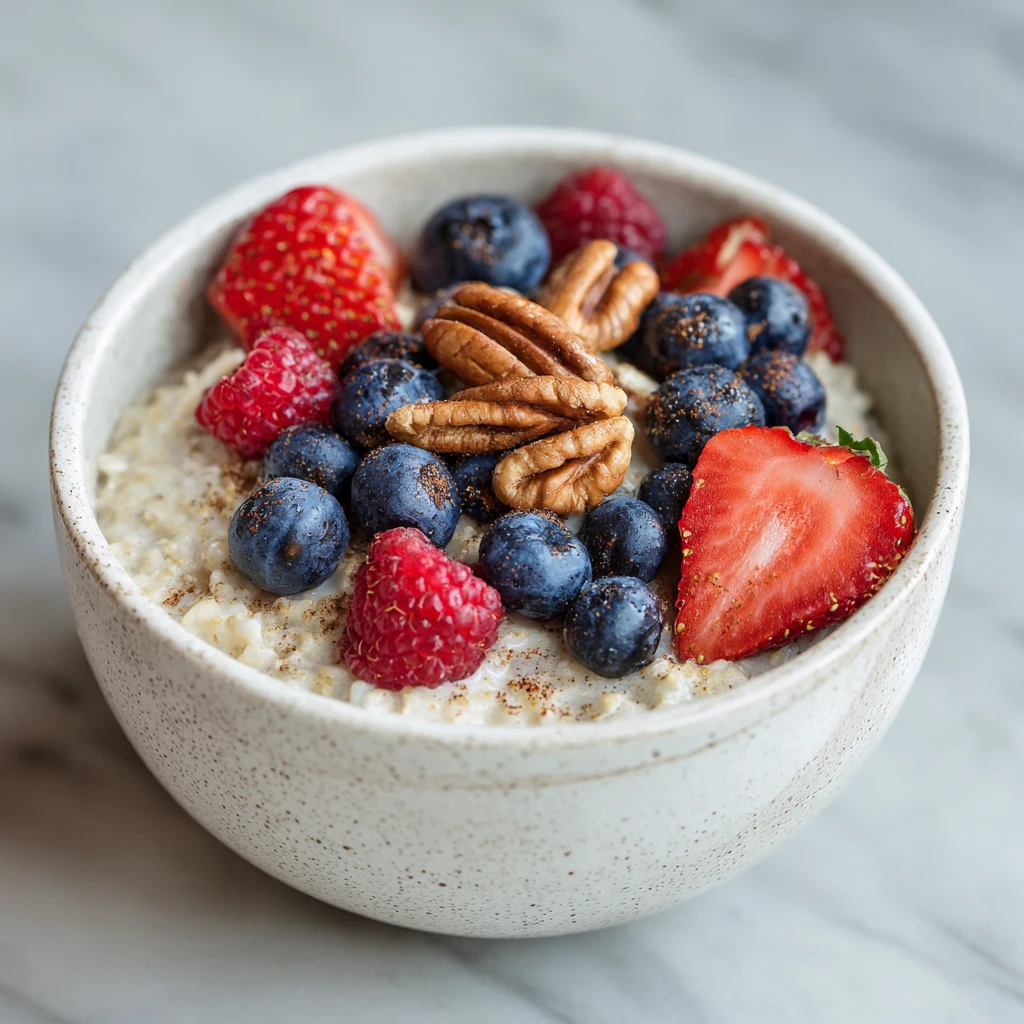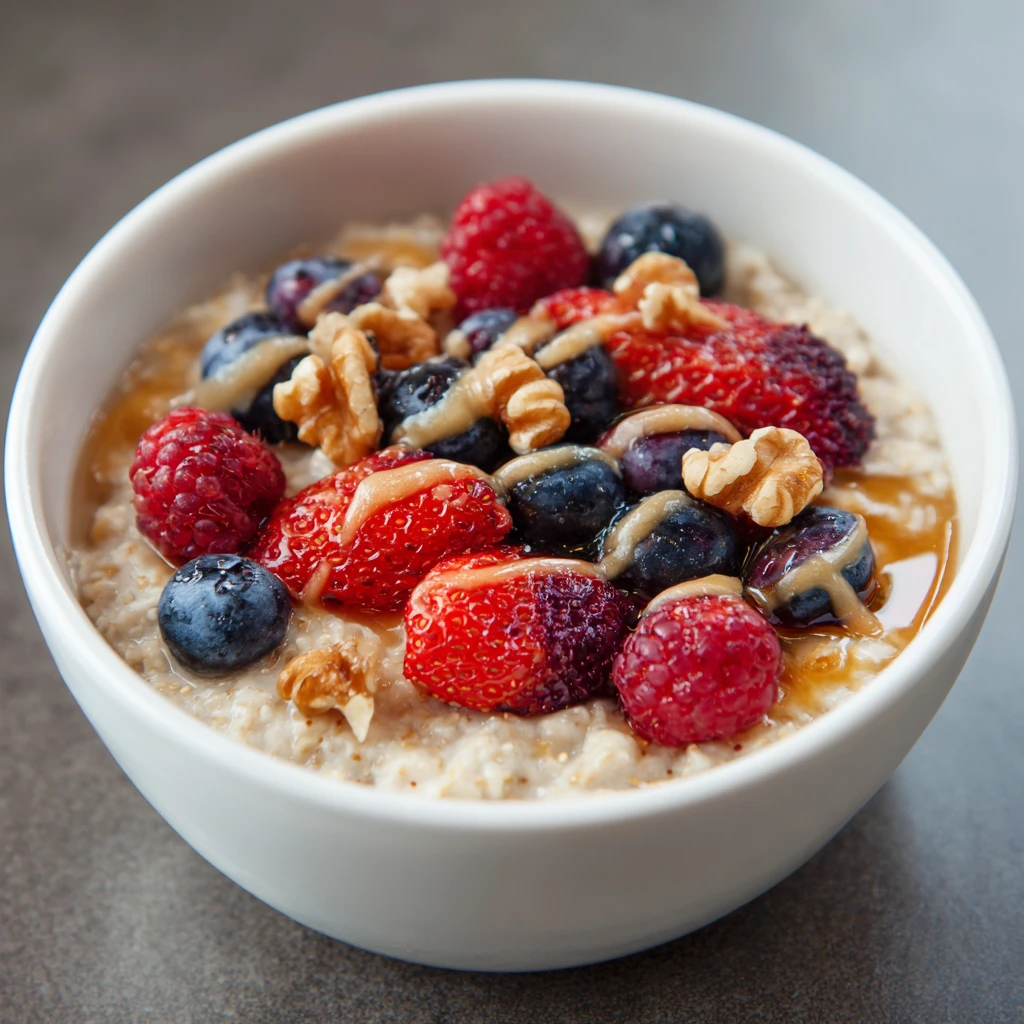Top 10 Heart-Healthy Recipes You'll Actually Enjoy
Maintaining a heart-healthy diet doesn’t mean sacrificing flavor or enjoyment. In fact, many delicious and satisfying recipes are packed with nutrients that promote cardiovascular health. This article presents ten mouthwatering heart-healthy recipes that you’ll actually look forward to eating. We’ll explore dishes across various meal types, ensuring there’s something for everyone.

Embracing Heart-Healthy Eating: The Foundation
Before diving into the recipes, let’s briefly touch upon the principles of a heart-healthy diet. The American Heart Association recommends focusing on:
- Fruits and Vegetables: Aim for at least 4.5 cups daily. They are packed with vitamins, minerals, and fiber.
- Whole Grains: Choose whole wheat bread, brown rice, and oats over refined grains.
- Lean Protein: Opt for skinless poultry, fish (especially fatty fish like salmon), beans, and lentils.
- Healthy Fats: Incorporate avocados, nuts, seeds, and olive oil.
- Limit Saturated and Trans Fats: Reduce intake of red meat, processed foods, and fried foods.
- Reduce Sodium: Read labels carefully and limit processed foods.
These guidelines form the bedrock of a heart-healthy lifestyle and will naturally inform the recipes we explore.
Breakfast Bliss: Starting the Day Right
A nourishing breakfast sets the tone for a heart-healthy day. These two recipes are quick, easy, and packed with goodness.
1. Oatmeal with Berries and Nuts
Oatmeal is a soluble fiber powerhouse, helping to lower cholesterol. Berries add antioxidants and sweetness, while nuts provide healthy fats and protein.
How to make it: Cook ½ cup of rolled oats with water or milk (dairy or non-dairy) according to package instructions. Top with ½ cup of mixed berries (blueberries, raspberries, strawberries), 1 tablespoon of chopped walnuts or almonds, and a drizzle of honey (optional). Cinnamon adds a warm, comforting flavor and may also have benefits for blood sugar control. Using unsweetened almond milk can further reduce added sugar.
2. Avocado Toast with Everything Bagel Seasoning
Avocado is rich in monounsaturated fats, which are beneficial for heart health. Whole-grain toast adds fiber, and everything bagel seasoning provides flavor without excessive sodium (check the label!).
How to make it: Toast one slice of whole-grain bread. Mash ¼ of an avocado and spread it on the toast. Sprinkle with everything bagel seasoning. You can add a poached or fried egg for extra protein, if desired. Consider adding a squeeze of lemon juice for brightness and flavor.
Lunchtime Lovelies: Satisfying and Nutritious
These lunchtime recipes are designed to be both satisfying and contribute to your heart health goals.
3. Mediterranean Quinoa Salad
Quinoa is a complete protein and a good source of fiber. This salad combines it with the flavors of the Mediterranean for a light yet filling meal.
How to make it: Cook 1 cup of quinoa according to package instructions. Let it cool. In a large bowl, combine the quinoa with 1 cup of chopped cucumber, ½ cup of chopped tomatoes, ½ cup of chopped red onion, ½ cup of crumbled feta cheese (use sparingly due to sodium content or omit), ¼ cup of Kalamata olives (halved), and a handful of fresh parsley. Dress with a mixture of 2 tablespoons of olive oil, 1 tablespoon of lemon juice, and a pinch of salt and pepper.
4. Lentil Soup
Lentils are a fantastic source of plant-based protein and fiber. This soup is hearty, flavorful, and easy to make in large batches.
How to make it: Sauté 1 chopped onion, 2 chopped carrots, and 2 chopped celery stalks in a pot with 1 tablespoon of olive oil. Add 1 cup of brown or green lentils, 6 cups of vegetable broth, 1 teaspoon of dried thyme, and 1 bay leaf. Bring to a boil, then reduce heat and simmer for 30-40 minutes, or until the lentils are tender. Remove the bay leaf before serving. You can add a squeeze of lemon juice or a dollop of plain Greek yogurt for extra flavor.
Dinner Delights: Flavorful and Heart-Conscious
Dinner is a great opportunity to incorporate heart-healthy ingredients into more substantial meals.
5. Baked Salmon with Roasted Vegetables
Salmon is rich in omega-3 fatty acids, which are known to reduce the risk of heart disease. Roasting vegetables brings out their natural sweetness and provides essential nutrients.
How to make it: Preheat oven to 400°F (200°C). Toss 1 pound of chopped vegetables (broccoli, carrots, bell peppers, zucchini) with 1 tablespoon of olive oil, salt, and pepper. Spread on a baking sheet and roast for 20-25 minutes, or until tender. Place a 4-ounce salmon fillet on a separate piece of foil. Drizzle with 1 teaspoon of olive oil, season with salt, pepper, and lemon slices. Wrap the foil around the salmon to create a packet. Bake for 12-15 minutes, or until cooked through.
6. Chicken Stir-Fry with Brown Rice
This stir-fry is packed with lean protein, vegetables, and whole grains. Use low-sodium soy sauce or tamari to control the sodium content.
How to make it: Cut 1 pound of boneless, skinless chicken breasts into bite-sized pieces. Stir-fry in 1 tablespoon of olive oil until cooked through. Add 2 cups of mixed vegetables (broccoli, carrots, snow peas, bell peppers) and stir-fry for another 5 minutes. Add ¼ cup of low-sodium soy sauce or tamari and 1 tablespoon of cornstarch (mixed with 2 tablespoons of water) to thicken the sauce. Serve over cooked brown rice.
7. Black Bean Burgers
A delicious vegetarian option packed with fiber and protein. Homemade versions allow you to control the ingredients and avoid unhealthy additives.
How to make it: Mash one can of drained and rinsed black beans. Combine with ½ cup of cooked quinoa or brown rice, ¼ cup of chopped onion, ¼ cup of chopped bell pepper, 1 clove of minced garlic, 1 teaspoon of chili powder, and ½ teaspoon of cumin. Mix well and form into patties. Cook in a skillet with 1 tablespoon of olive oil over medium heat for 5-7 minutes per side, or until heated through and slightly browned. Serve on whole-wheat buns with your favorite toppings (lettuce, tomato, avocado).
Snacks & Sides: Heart-Smart Bites
These snacks and sides can help you maintain a heart-healthy diet between meals or complement your main courses.
8. Apple Slices with Almond Butter
A simple yet satisfying snack that provides fiber, healthy fats, and natural sweetness.
How to make it: Simply slice an apple and spread 1-2 tablespoons of almond butter on each slice.
9. Edamame
Edamame is a great source of plant-based protein and fiber. It’s also low in calories and sodium.
How to make it: Steam or boil frozen edamame pods according to package instructions. Sprinkle with a pinch of sea salt (optional).
10. Roasted Chickpeas
A crunchy and flavorful snack that’s packed with protein and fiber.
How to make it: Preheat oven to 400°F (200°C). Drain and rinse one can of chickpeas. Toss with 1 tablespoon of olive oil, salt, pepper, and your favorite spices (cumin, paprika, chili powder). Spread on a baking sheet and roast for 20-25 minutes, or until crispy.
Frequently Asked Questions
Q: What foods should I avoid for a healthy heart?
A: Limit saturated and trans fats (found in red meat, processed foods, and fried foods), reduce sodium intake (read labels carefully), and avoid sugary drinks and excessive alcohol.
Q: Is coffee bad for my heart?
A: For most people, moderate coffee consumption (3-4 cups per day) is not harmful and may even offer some health benefits. However, if you have existing heart conditions or experience palpitations, it’s best to consult your doctor.
Q: How much exercise do I need for a healthy heart?
A: The American Heart Association recommends at least 150 minutes of moderate-intensity aerobic activity or 75 minutes of vigorous-intensity aerobic activity per week, plus muscle-strengthening activities at least two days per week.
Q: Are eggs bad for my cholesterol?
A: Dietary cholesterol has less of an impact on blood cholesterol levels than saturated and trans fats. Most people can enjoy eggs in moderation as part of a heart-healthy diet. However, if you have high cholesterol, it’s best to consult your doctor.
Q: What are some healthy alternatives to salt?
A: Try using herbs, spices, lemon juice, garlic, onion, and other flavorful ingredients to season your food instead of salt.




